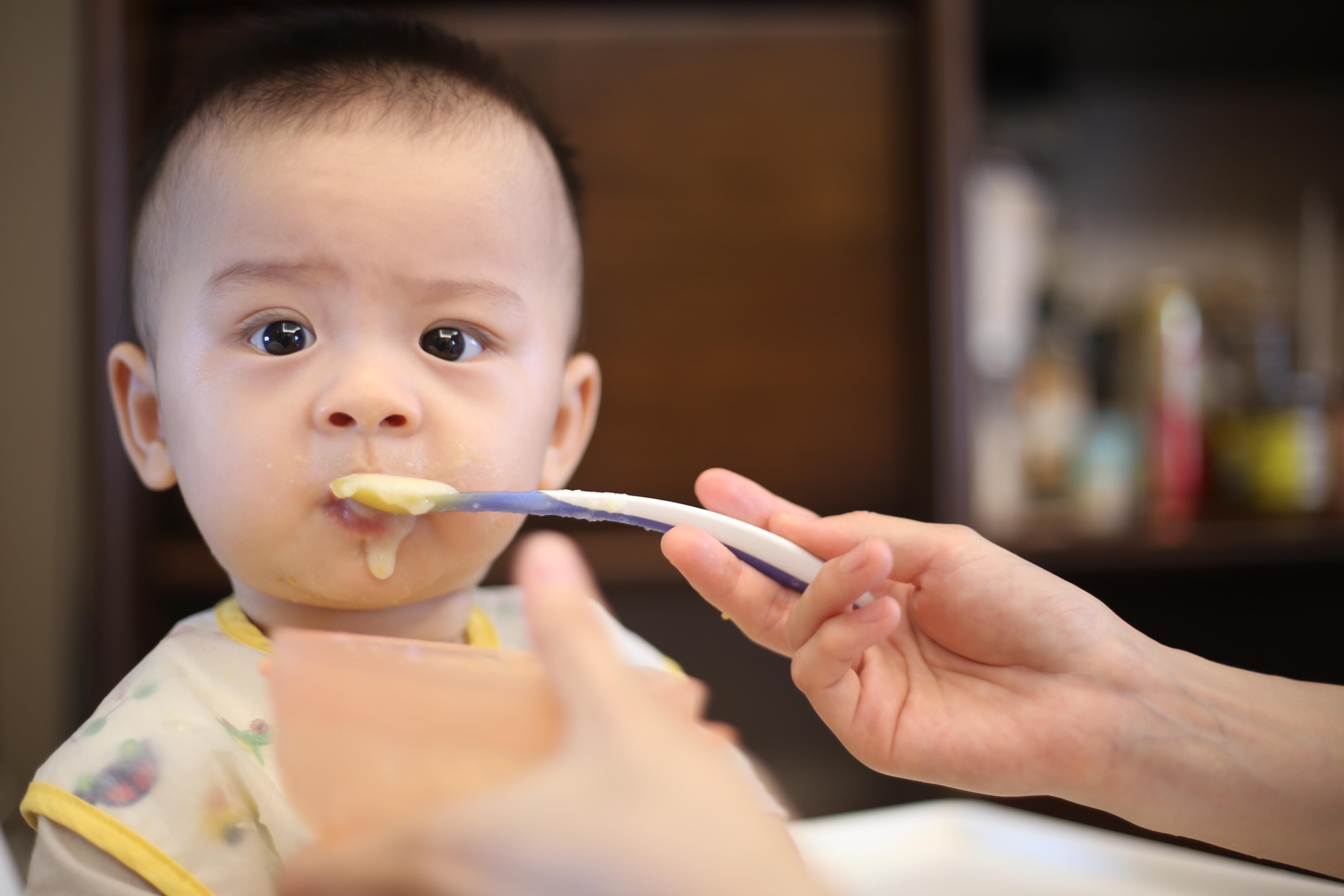How can sweet taste preferences be changed?

There is a clear, evidence-based global public health mandate to limit the consumption of free sugars in the diet (1). Nevertheless, it is unknown how to achieve it and what are the effects on the subsequent eating behaviours.
I am Maria Dueñas, an early stage researcher and I want to investigate the relationship between sugar consumption and taste preferences for babies and toddlers.
We are born with preferences for sweet taste (2), and these continue through childhood. Due to the high availability of sweet and palatable products on the market is easy to have an excessive consumption of sweets in this population. Since it is known that preferences are the most important determinants of children’s food choice (3), it could be interesting to know how sweet taste preferences can be changed. How could we do that?
The experiences related to food, such as food exposure, can modulate food preferences, mostly in the early infancy (4) (5). A previous European project revealed that the early repeated exposure to vegetables increases intake and liking of vegetables later in life (6). Now I would like to know if early exposure to vegetables not only increases the consumption of vegetables, but also if it reduces the consumption of sweet foods and if it could modify sweetness preferences.
Whether or not to expose children to sugar and sweet products from early infancy is also the question. Children aged 4-7 years old whose mothers reported adding sugar to their foods on a routine basis preferred juices with added sugar (7). This could mean that higher exposure to sweet taste, could increase sweet liking in the longer term. However, it remains unclear whether the restriction of sweet food items lowers the preference for sweet taste or the contrast, a restriction may also result in an increased preference for sweet. Children aged 4-5 years old with restrictive rules concerning sugar, preferred sweeter orangeades than those children with low-restriction of sweets (8).
So, the findings in the literature are controversial, and I want to continue investigating how sugar consumption can be reduced studying how sweet taste preferences can be changed from early infancy, doing my research with babies and toddlers.
References
- Organization WH. Guideline: sugars intake for adults and children: World Health Organization; 2015.
- Rosenstein D, Oster H. Differential facial responses to four basic tastes in newborns. Child development. 1988;59(6):1555-68.
- Birch LL. Dimensions of preschool children’s food preferences. Journal of Nutrition Education. 1979;11(2):77-80.
- Beauchamp G, Mennella J. Périodes sensibles du développement de la perception du goût et des préférences chez l’homme. Annales Nestelé. 1994:20-31.
- 4.Cooke L. The importance of exposure for healthy eating in childhood: a review. Journal of human nutrition and dietetics. 2007;20(4):294-301.
- Hausner, H., Olsen, A., & Møller, P. Mere exposure and flavour–flavour learning increase 2–3 year-old children’s acceptance of a novel vegetable. Appetite. 2012; 58(3), 1152-1159.
- Liem, D. G., & Mennella, J. A. Sweet and sour preferences during childhood: role of early experiences. Developmental Psychobiology: The Journal of the International Society for Developmental Psychobiology. 2002;41(4), 388-395.
- Liem, D. G., Mars, M., & De Graaf, C. Sweet preferences and sugar consumption of 4-and 5-year-old children: role of parents. Appetite. 2004;43(3), 235-245.
babies, ESR5, sugar, sweet taste preference, toddlers


